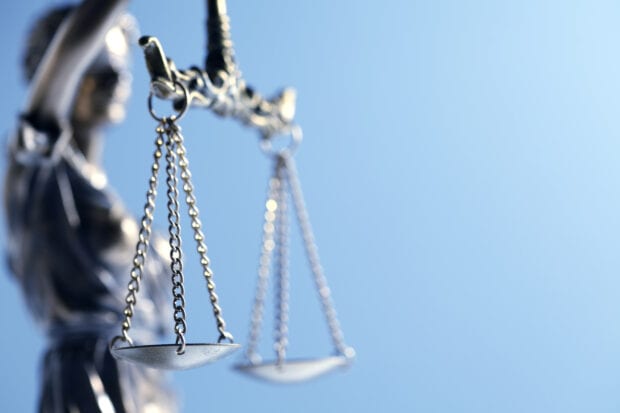In an earlier blog, I explained what the Single Justice Procedure is and how it works. Here I want to explain the protections and safeguards in place to ensure this process adheres to the same principles that underpin the whole justice system.

What is the Single Justice Procedure?
To recap, prosecutors can decide to take a case through SJP. It allows them to deal with cases involving adult defendants accused of lesser offences that cannot result in a prison sentence.
SJP has been in place for six years, but many of its procedures have been used for much longer under different legislation.
In-built protection
There are several levels of protection in SJP proceedings to ensure that justice is done and seen to be done:
- no defendant can be dealt with through SJP against their will, as all defendants can ask for a hearing in open court
- no defendant who pleads ‘not guilty’ can be dealt with by SJP; the court will fix a trial which takes place in exactly the same way as any other summary trial
- both the prosecutor and the defendant have the right to opt for a hearing in open court – the magistrate may also direct that a case is referred for a hearing in open court where they decide it is more appropriate
- serving an SJP notice is subject to the same rules of service as the traditional requisition and summons; court cannot proceed in absence without proof of service in any case, whether that’s through SJP or a more traditional in-court hearing
- if a defendant does not receive the notice, they have an unfettered right to declare this, which revokes the sentence and conviction and resets the proceedings back to the beginning
- if there’s an error in the SJP court proceedings, for any reason, the court can revoke the conviction and sentence
- defendants have the same rights to appeal against a conviction or sentence imposed in an SJP hearing as any other magistrates’ court hearing
- if a fine is excessive due to the defendant not providing evidence of means, or their means change after the sentence, the court can remit the excess and Fines Officers can also adjust the instalment rate
- a magistrate hearing SJP cases is always advised by a legally qualified justices’ legal adviser
- decisions are open to scrutiny by the media and public.
Making sure SJP is used for minor offences
SJP can only be used for summary, non-imprisonable, offences. The prosecutor, the legal adviser, and the magistrate would all have to make a really basic mistake for an offence that does not match these criteria to slip through.
Even during COVID-19, when new, complex regulations were introduced quickly, mistakes were detected by magistrates, justices’ legal advisers, and prosecutors, and as a result cases wrongfully brought were dismissed.
Maintaining transparency
In practice, SJP proceedings can be more transparent and accessible than traditional proceedings.
Although traditional proceedings are carried out in a public courtroom, very few people attend to observe them. The reality is that magistrates are sitting in a public courtroom, but effectively in private.
In our media protocol, we set out an approach to circulating lists of SJP cases – but we know we have more to do to execute this consistently and are working to make improvements. A reporter can also request both the prosecution statements and the defendant’s representations. Previously they had to attend court in person and write everything down. The public can also ask for the outcome of any case – including SJP.
Single Justice Procedure notices
Summonses and requisitions have been served by post for well over 100 years – and SJP is no different. The defendant has 21 days to reply with their plea. After that, if they have not replied, the case will be heard by SJP. If the written evidence proves the charge beyond reasonable doubt, the magistrate convicts, and if it does not, they acquit. The protections outlined above allow for the defendant to declare that they did not receive the summons or appeal against the sentence.
Absent defendants
Courts have been dealing with defendants in absence since the 18th Century.
Both in requisition procedure and under SJP there is no obligation on a defendant to attend court. Legally courts must deal with defendants in their absence if they were aware of the proceedings and do not have a reasonable excuse for not attending (s. 11 Magistrates’ Courts Act 1980).
In general, courts can compel appearance by issuing a warrant, followed by police arresting the defendant and taking them to court in custody. However, this wouldn’t be appropriate for the minor offences that SJP deals with. As a result, magistrates’ courts cannot force defendants to appear for these offences; defendants are free to choose whether to attend or not. Even if a warrant could be issued, it delays the proceedings, and if the police can’t find the defendant, the defendant evades justice.
An effective procedure
Checks and balances are in place to make sure SJP is fair and transparent. As a modification of procedures that have in place for many years, sometimes centuries, SJP allows defendants, prosecutors and courts to reach a resolution to minor offences without having to attend court (unless they choose to do so). It saves time, resource and inconvenience for all involved, while also delivering justice.
